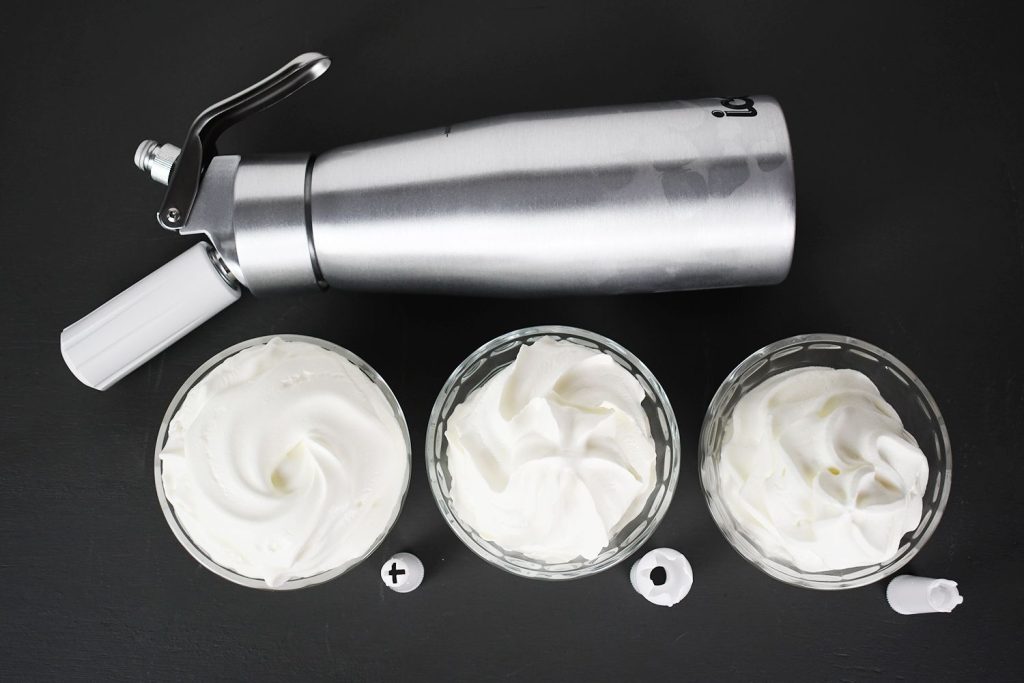Disposable whipped cream chargers, small canisters filled with nitrous oxide (N₂O), have become an increasingly popular tool in both commercial and home kitchens. They allow for the quick and convenient creation of whipped cream and other foamed culinary creations, contributing to their widespread use. However, as their popularity has grown, so too have concerns about their environmental impact. These single-use canisters, often made of steel, are designed to be used once and then discarded, raising significant sustainability issues in terms of waste generation, resource consumption, and greenhouse gas emissions. One of the most pressing environmental concerns related to disposable whipped cream chargers is the waste they generate. Since the canisters are designed for single use, they are often discarded after one culinary session. Even though they are made of recyclable materials like steel, many end up in landfills because users do not dispose of them properly or recycling programs may not be easily accessible. Once in landfills, they contribute to the growing problem of solid waste pollution. Steel production itself is resource-intensive, requiring significant energy inputs and leading to carbon emissions, further compounding the environmental toll of these seemingly small items.

In addition to the waste issue, the production and disposal of nitrous oxide chargers also have broader environmental implications due to the nature of the gas they contain. Nitrous oxide is a potent greenhouse gas, with a global warming potential approximately 300 times greater than carbon dioxide (CO₂) over a 100-year period. Though the amount of nitrous oxide used in each charger is small, the cumulative effect of millions of discarded chargers can contribute to atmospheric pollution and climate change. Moreover, while the primary use of nitrous oxide refill near me in whipped cream chargers is culinary, improper use or disposal of these canisters can lead to harmful releases of the gas into the atmosphere. In some instances, individuals misuse whipped cream chargers as recreational inhalants, increasing their risk of accidental environmental releases. The manufacturing process of whipped cream chargers also presents environmental concerns. Producing steel requires significant amounts of energy and raw materials, often relying on fossil fuels that contribute to global carbon emissions.
Mining for raw materials like iron ore and coal, as well as the smelting process, has direct environmental impacts such as habitat destruction, air and water pollution, and energy consumption. Moreover, the transportation of these products across supply chains, from manufacturing plants to retail locations, contributes to additional greenhouse gas emissions. Each stage of the charger’s lifecycle, from production to disposal, has a measurable impact on the environment, and the cumulative effect is significant. In response to these concerns, there is growing interest in finding more sustainable alternatives. Reusable whipped cream chargers, for example, have been developed, reducing the need for disposable canisters. Additionally, efforts to improve recycling infrastructure and raise awareness about proper disposal methods could mitigate some of the environmental damage. However, achieving meaningful reductions in the environmental impact of whipped cream chargers will likely require systemic changes in both consumer behavior and industrial practices.